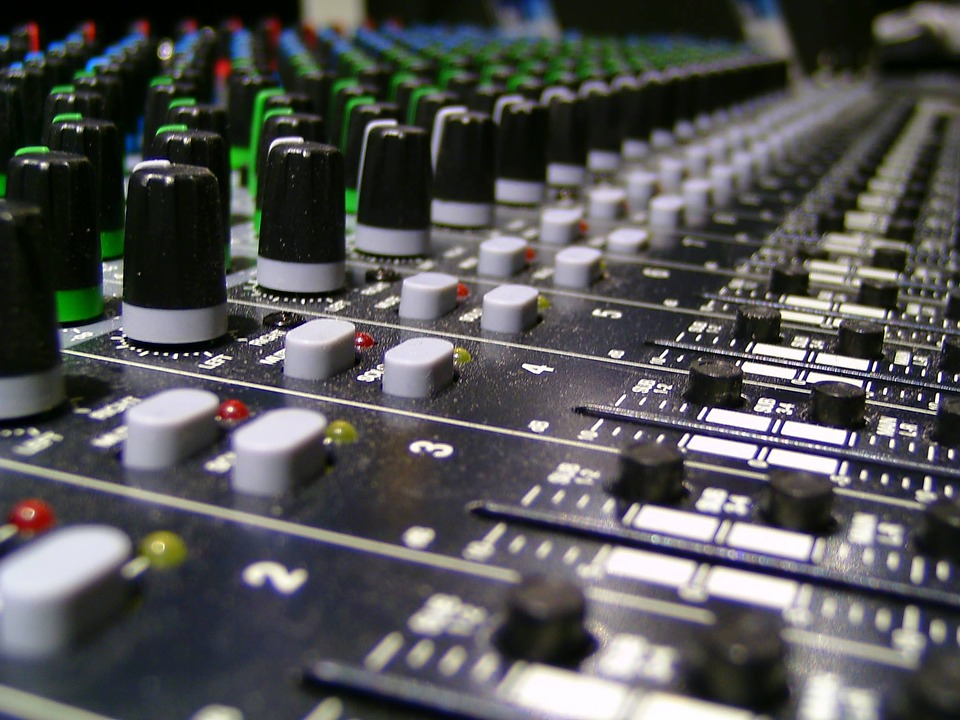Mic Vs Instrument Vs Speaker Vs Line Level: What’s The Difference?

*This article may contain links to affiliate products & services. We have reviewed these services to try and ensure the highest quality recommendations*
Written by Jaron Lewis
In the audio world, there are some technical terms which you might come across, especially if you want to start writing and recording your own music. Without understanding these terms and understanding what they relate to, you’ll find you don’t get quality sounds from your equipment, and you can’t make your music sound good. Instead, you will end up with background hiss, weak signals, distortion, and clipping.
It’s also important to be aware that there is a different standard for consumer equipment to professional equipment, so always clarify which standard is being used when you’re trying to talk about these things or using equipment, or you will end up troubleshooting for hours without finding the root of the problem.
How Sound Works
In order to successfully record sound, it must be converted into electrical signals. These signals will have a standard voltage, and this voltage is used to give a reference point for equipment, so you can make sure that the equipment is getting the input voltage it requires. There are four levels which are being handled: mic, instrument, line, and speaker levels.

Mic Level
The difference between mic and line inputs is that mic level voltage is extremely low. It is the weakest level, and will need a preamplifier to get it up to the line level. The microphone works by converting sound vibrations (e.g. the voice of a singer or speaker) into voltage, but this voltage isn’t strong enough to be used with other recording equipment.
Instrument Level
Instrument level voltage is the next lowest, although it contains the greatest variation in voltage. Obviously, different types of instruments will produce different voltages, but again, these voltages are not up to the line level and will not produce good quality sound. You will still need a preamplifier to bring the voltage up to the line level, or else you will encounter the same problems as with the microphone.

Line And Speaker Level
Line Level Definition:
Line level refers to the voltage which an audio signal must have. As mentioned, the standards differ for professional and consumer equipment, but consumer voltages are set at -10dBV (decibel volts), and professional voltages are set at +4dBu (decibel unloaded).
Speaker Level:
Speaker levels are post amplification and are much higher voltages which should only be transferred via speaker cables.
Review
So, to plug equipment into any device which requires a line level, you must bring the voltage up to the standard line level if you want to produce good quality sound. Similarly, if you are plugging into a device which only requires microphone level, you can’t use line levels or you will end up with distorted sound.
Once you have reached the line level and the standard voltage required, you can look at amplifying the sound to run it through a speaker or set of headphones. The resulting level will drive the speaker and produce quality sound. Understanding the steps you need to take and how to bring instrument and mic levels up to the line level will help you produce quality, professional-sounding audio at home.
When your song is ready to go, it's time to start promoting it to potential fans! Omari has the best organic promotion services money can buy. With packages for Spotify, TikTok, Instagram, and YouTube, we will get your music the traffic and attention it deserves! Click below for more information.
SPEAK YOUR MIND
How This INDIE Artist Got Over 67,598,275 Streams On ONE Song
Join the No-Nonsense Music Marketing Newsletter to get the most valuable weekly case studies and strategies to grow your music business!



